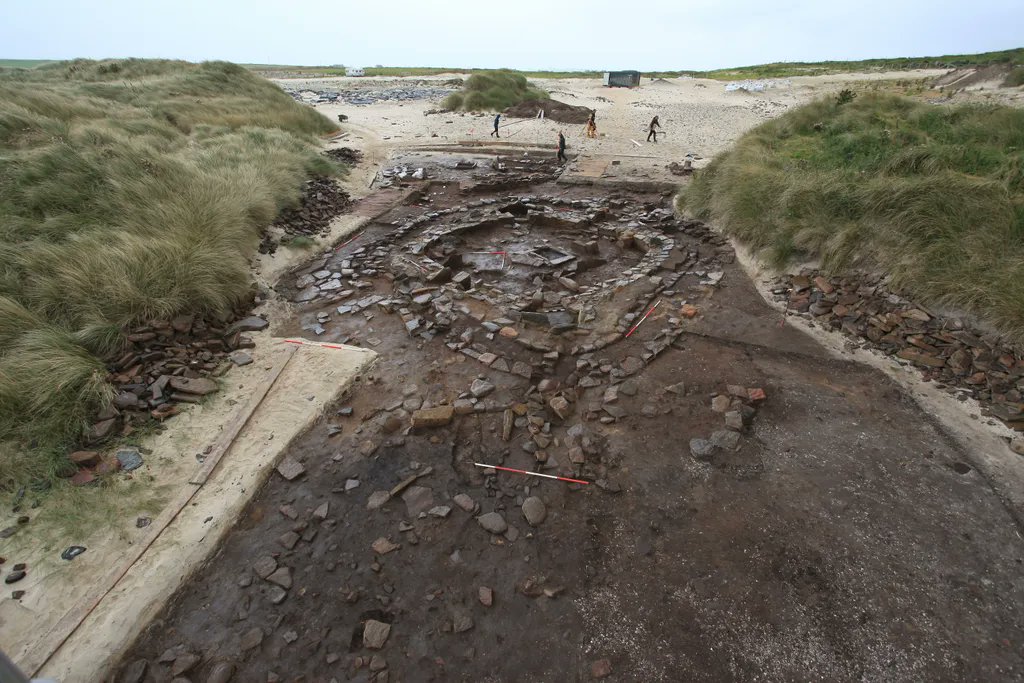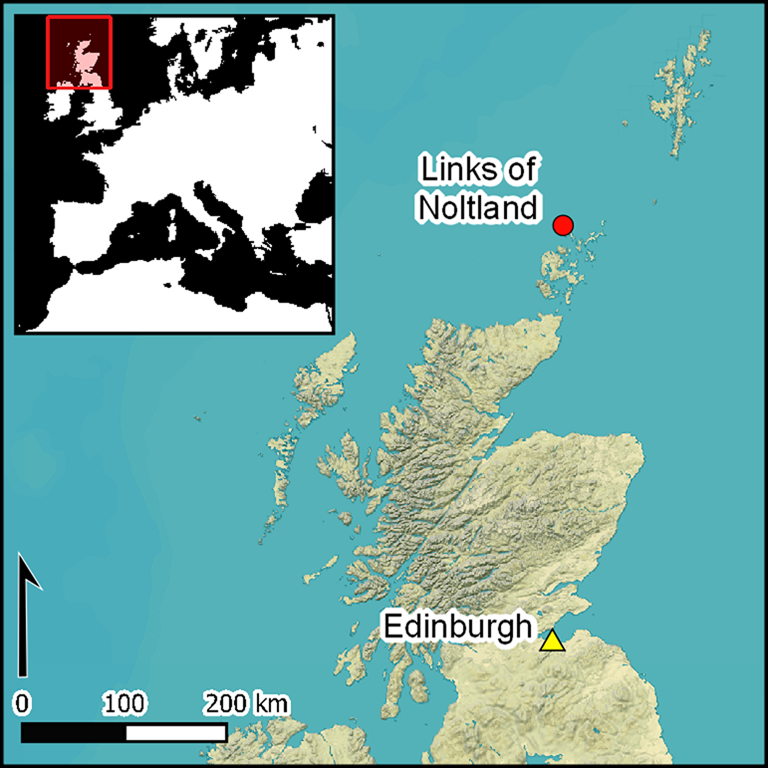
It's #BeerDay, so raise a glass to Göbekli Tepe in 🇹🇷.
This ~12,000-year-old site is an early monument made by hunter-gatherers. It features some of the oldest possible evidence of beer drinking, made from wild cereals.🍻
🔗 from 2012 (🆓) buff.ly/3gmerNk
This ~12,000-year-old site is an early monument made by hunter-gatherers. It features some of the oldest possible evidence of beer drinking, made from wild cereals.🍻
🔗 from 2012 (🆓) buff.ly/3gmerNk

Troughs at the site contain traces of the grains that could be used to make beer.
Alternatively, the grains could have been used to make porridge (the researchers can't tell if it was fermented or not). But beer seems like a great motivator to build such a monumental site.
Alternatively, the grains could have been used to make porridge (the researchers can't tell if it was fermented or not). But beer seems like a great motivator to build such a monumental site.

Throughout history, people have gone to extreme lengths for beer.
Like in Iceland, where the cold meant growing barley was hard. But Vikings did it so they could make beer.
🔗 from 2013 (£) buff.ly/3icyf6d
📷: A Viking hall where the beer was likely consumed
Like in Iceland, where the cold meant growing barley was hard. But Vikings did it so they could make beer.
🔗 from 2013 (£) buff.ly/3icyf6d
📷: A Viking hall where the beer was likely consumed

So if you plan to celebrate #BeerDay, be glad you didn't have to build a giant monument or grow barley near the Arctic first! 🍻
• • •
Missing some Tweet in this thread? You can try to
force a refresh



















